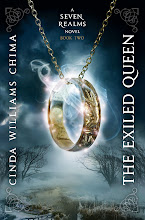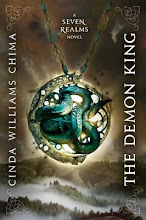We attended an author event at the Rathbun Library in East Haddam, CT. It opened with wine and hors d’oeuvres on the lawn.
The author spoke in the Reading Garden behind the library. He was the author of a number of mystery novels and nonfiction books about forensic science, focusing on the most lurid murders of our century, including O.J. Simpson, Sam Sheppard, JonBenet Ramsey, et al.
During the Q&A, someone asked the author whether researching such heinous crimes had given him a morbid outlook on human nature. “Some people will disagree with me,” the speaker said. “But I think rock and roll has a lot to do with what’s wrong with this country today.”
Huh?
I must confess a certain ambivalence regarding the effect of art on human behavior. It’s like I’m back in Problems of Democracy class when we had to debate first one side, then the other side of a controversy.
On the one hand, I am totally convinced of the power of art and literature to change people. On the other, people who blame art for human wickedness never fail to annoy me. The notion that a book—or a movie—or a video game—or a piece of music can derange one’s moral compass seems silly to me.
Humans were behaving badly long before rock and roll came along. People—women especially—were paying the price for unprotected sex long before the jazz age. Teens don’t learn profanity from books, as a rule—they learn it the old fashioned way—at home or on the street.
Art is rooted in experience, emotions and opinions that already exist. It can be a means to communicate between like-minded folk. It is expressive. It can crystallize and clarify. It is a medium—but it is the artist and the audience who provide content and context—the fertile ground in which ideas can grow.
Yes, art moves people. Yes, the creators of art may have an agenda. The Declaration of Independence articulated an argument for freedom on behalf of a group of educated white men, many of whom were slave-holders. The men were flawed, but their art was brilliant—so brilliant that it should have been used to argue for freeing the slaves. The flaw was in the men who created the art—not in the art itself.
In fact, art is more likely to drive moral behavior than immoral acts. What makes us human is our ability to empathize. Great art creates connections between us—it allows us to see the world through the eyes of another, and so understand.
Abraham Lincoln famously called Harriet Beecher Stowe “the little woman who caused this great war.” He didn’t really believe this—that taking out Harriet before her book was written would have averted the clash of interests, economies, and culture that caused the Civil War. But her views were representative of an ethical shift that made slavery no longer acceptable in a nation that claimed to be free.
Mark Twain continued this work in his masterpiece, Huckleberry Finn. Everything Huckleberry knows about slaves and slavery is contradicted by the reality of Jim. And the reader’s assumptions are confronted as well.
As Pablo Picasso said, “Art is a lie that makes us realize the truth.”
Thursday, August 12, 2010
Subscribe to:
Post Comments (Atom)













No comments:
Post a Comment